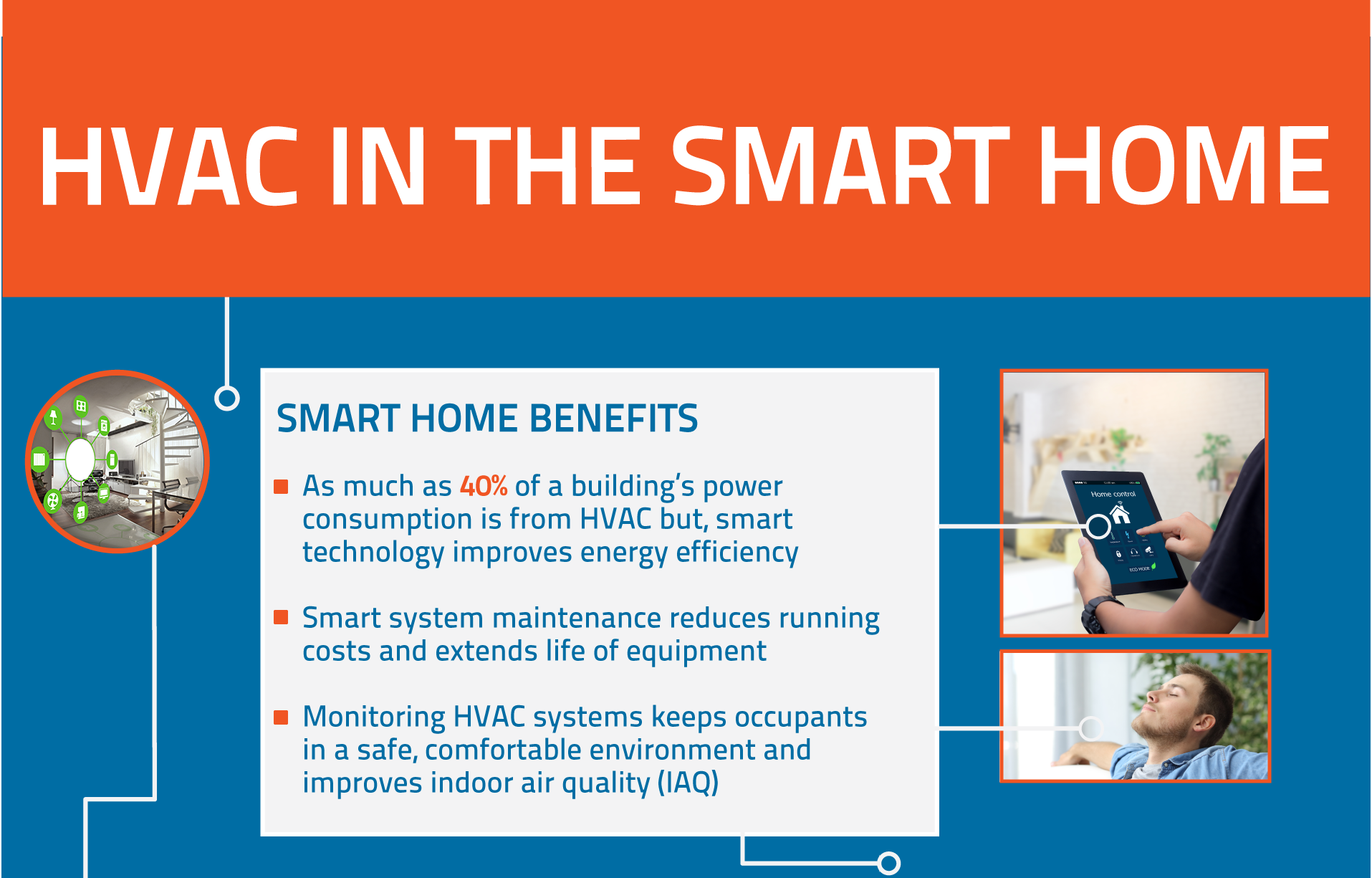Secret Errors To Prevent During The Installation Refine Of Warmth Pumps
Secret Errors To Prevent During The Installation Refine Of Warmth Pumps
Blog Article
Created By-Lykke Morris
When mounting a heat pump, you need to steer clear of common blunders that could threaten its efficiency. Neglecting proper sizing may cause inadequacies and greater utility costs. Neglecting insulation and sealing can cause power waste and strain on the device. In addition, placing the outside unit improperly may impact its efficiency. By staying clear of these errors, you can make certain ideal working and sturdiness of your heat pump system.
Improper Sizing of Heatpump
When it concerns the installment of heat pumps, among one of the most typical mistakes is incorrectly sizing the unit for your area. Guaranteeing the right dimension is important for ideal performance. If the heat pump is also tiny, it will certainly have a hard time to warmth or cool your room effectively, resulting in enhanced energy expenses and potential damage on the system.
On the other hand, if the heat pump is too large, it will cycle on and off frequently, triggering temperature level fluctuations and decreasing its life expectancy.
To avoid this blunder, it's vital to have a professional analyze your area and suggest the suitable dimension of the heatpump based upon aspects like square video footage, insulation, ceiling height, and regional climate. By investing the time and effort to make sure the appropriate sizing, you can appreciate a comfy setting while making best use of energy efficiency and extending the life expectancy of your heat pump.
Inadequate Insulation and Sealing
To guarantee the efficient procedure of your heatpump, it's essential to attend to poor insulation and securing in your room. Correct insulation aids preserve a consistent temperature level inside your home, minimizing the workload on your heatpump. Insufficient insulation can bring about power loss, making your heat pump work harder and less successfully.
Sealing any kind of spaces or leakages in your room is similarly important. These gaps allow conditioned air to escape and exterior air to permeate in, requiring your heatpump to make up for the temperature fluctuations.
Wrong Positioning of Outdoor Device
Addressing the positioning of your heat pump's outside system is crucial to optimizing its performance. Setting up the exterior unit in a wrong area can result in efficiency problems and prospective damage to the system.
One common mistake to stay clear of is placing the outside device also near to a wall surface or various other frameworks. This can limit airflow, creating the system to work tougher to heat or cool your space, inevitably reducing its effectiveness and lifespan.
Another mistake to avoid is placing the exterior unit in straight sunlight. While some sunshine is inevitable, excessive exposure can result in getting too hot, particularly during hot summertime days. It's ideal to position the outdoor system in a shaded location to help preserve its optimal operating temperature level.
Furthermore, ensure that the outside device is put on a steady and degree surface area. https://beckettumxnx.blog-eye.com/31292616/eager-to-find-the-appropriate-heat-pump-for-your-household-learn-more-about-the-essential-differences-between-air-resource-and-ground-source-alternatives-to-address-your-home-heating-demands can create vibrations and unnecessary pressure on the system, influencing its performance gradually.
Final thought
To conclude, staying clear of typical errors throughout heat pump installment is essential for making best use of effectiveness and long life of your system. By ensuring proper sizing, sufficient insulation, sealing, and appropriate placement of the outdoor system, you can protect against concerns such as ineffectiveness, enhanced power expenses, and strain on the device. Taking the time to resolve these key factors will ultimately save you time and money in the long run.
